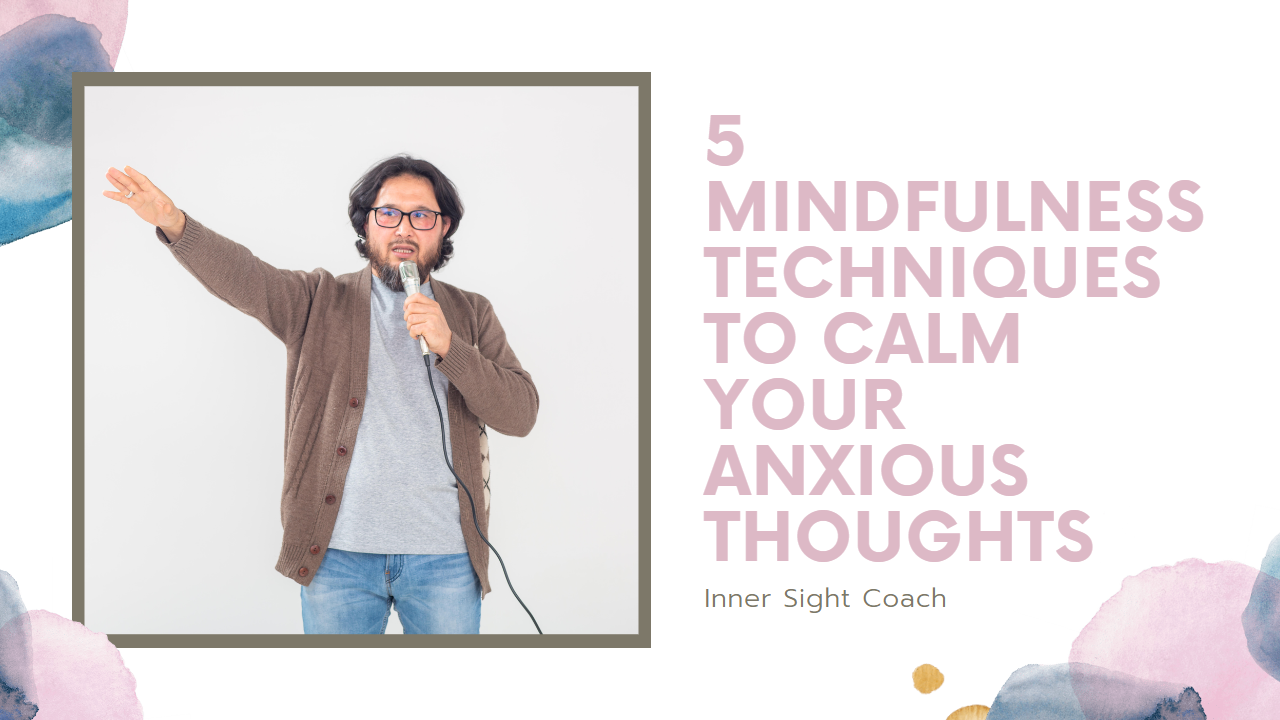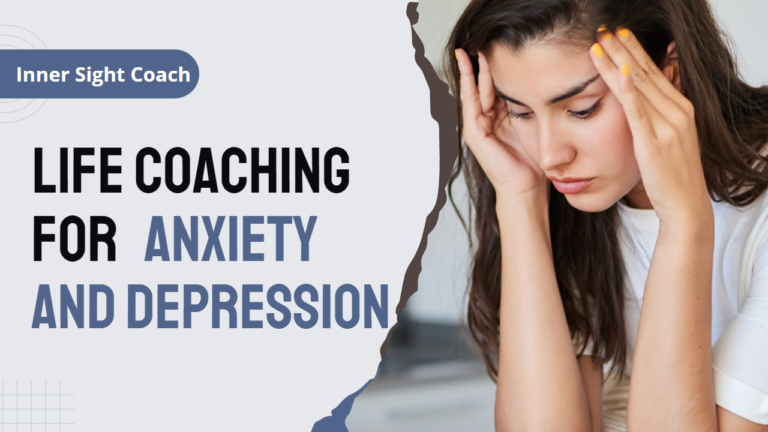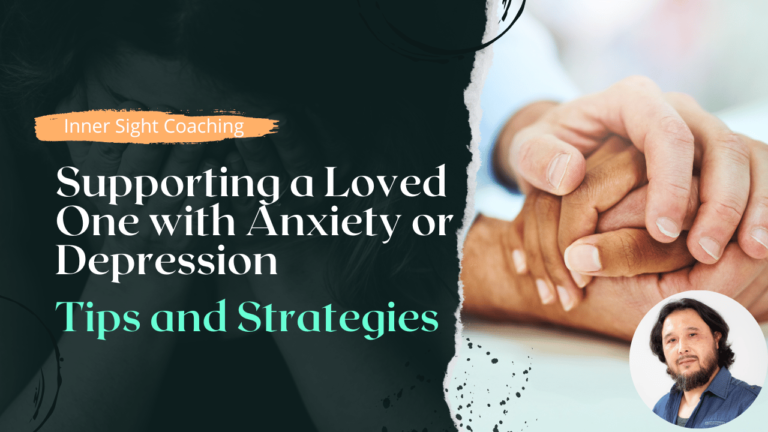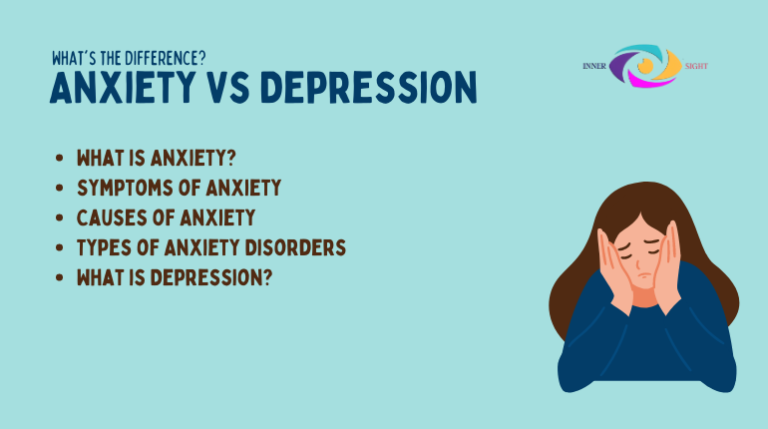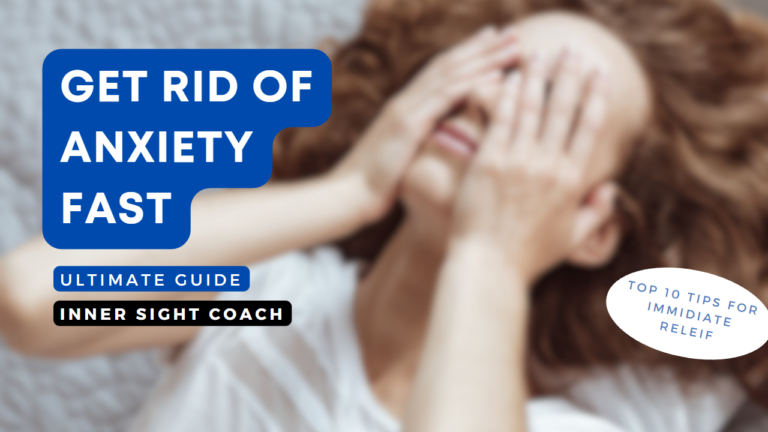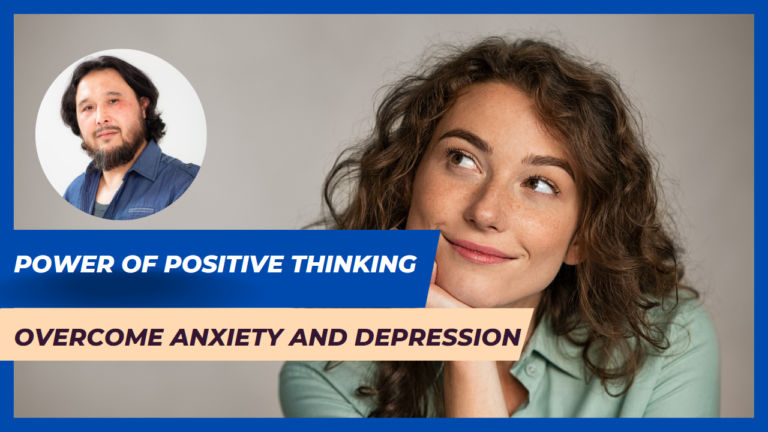5 Mindfulness Techniques to Calm Your Anxious Thoughts
Anxiety is a common mental health condition that affects millions of people worldwide. It can be caused by a variety of factors, including genetics, environment, and life events. While medication and therapy are commonly used to treat anxiety, mindfulness techniques can also be effective. Mindfulness involves being present in the moment and focusing on your thoughts and feelings without judgment. Here are five mindfulness techniques to calm your anxious thoughts.
1. Deep Breathing
Deep breathing is a simple but effective mindfulness technique that can help calm your anxious thoughts. To practice deep breathing, sit in a comfortable position with your feet on the ground and your hands on your lap. Close your eyes and take a deep breath in through your nose, counting to five. Hold the breath for a few seconds, then exhale through your mouth, counting to five. Repeat this process for several minutes, focusing on your breath and letting go of any anxious thoughts.
2. Body Scan Meditation
Body scan meditation is a mindfulness technique that involves focusing on each part of your body and becoming aware of any tension or discomfort. To practice body scan meditation, lie down in a comfortable position and close your eyes. Start at your toes and focus on each part of your body, moving upward to your ankles, calves, knees, and so on. As you focus on each part of your body, notice any sensations or discomfort, and try to release any tension.
3. Visualization
Visualization is a powerful mindfulness technique that can help calm your anxious thoughts. To practice visualization, close your eyes and visualize a peaceful scene, such as a beach or a forest. Imagine yourself in this scene, feeling calm and relaxed. Focus on the details of the scene, such as the sound of the waves or the rustling of the leaves. Stay in this visualization for several minutes, allowing your mind to become calm and centered.
4. Mindful Walking
Mindful walking is a mindfulness technique that involves walking slowly and deliberately, focusing on each step and your surroundings. To practice mindful walking, find a quiet space where you can walk without distractions. Start by standing still and taking a few deep breaths. Then, begin to walk slowly, focusing on each step and the sensations in your feet. As you walk, notice your surroundings, such as the colors of the trees or the sound of birds.
5. Gratitude Practice
Gratitude practice is a mindfulness technique that involves focusing on the things you are grateful for in your life. To practice gratitude, find a quiet space where you can sit comfortably. Close your eyes and take a few deep breaths. Then, focus on the things you are grateful for, such as your health, your family, or your job. Try to think of at least three things you are grateful for and focus on the positive feelings associated with them.
| Technique | Benefits |
| 1. Deep Breathing | Reduces stress and anxiety, lowers blood pressure, improves focus and concentration |
| 2. Body Scan | Increases self-awareness, promotes relaxation and better sleep, reduces physical tension |
| 3. Mindful Walking | Reduces stress and anxiety, improves mood, promotes physical exercise and overall well-being |
| 4. Loving-Kindness Meditation | Promotes positive emotions like love, compassion, and gratitude, increases social connection, reduces symptoms of depression |
| 5. Visualization | Reduces stress and anxiety, improves focus and motivation, enhances feelings of positivity and well-being |
In conclusion, mindfulness techniques can be an effective way to calm your anxious thoughts. By practicing deep breathing, body scan meditation, visualization, mindful walking, and gratitude, you can learn to be present in the moment and release your anxiety. Remember, mindfulness takes practice, so be patient and gentle with yourself as you develop your skills.
Contact Us
Finding the right life coach for you
Finding the right life coach for you is important. Look for a coach who specializes in anxiety and depression, has a proven track record of success, and whose coaching style aligns with your needs and preferences.
Let Us Help You
At Inner Sight, we provide life coaching services to help individuals achieve their goals, improve their mental health, and overcome challenges such as anxiety and depression. Our experienced coaches have helped many clients find success and we would love to help you too.
Contact Information
Phone: 1300 944 994
Email: contact@innersightcoach.com
Address: PO Box 34, Chester Hill, NSW 2162
Schedule a Free Consultation
If you’re interested in learning more about our services or would like to schedule a free consultation, please fill out the contact form. We will get back to you as soon as possible to discuss how we can help you achieve your goals and improve your quality of life.
Let’s Connect
Thank you for considering Inner Sight Coaching for your life coaching needs. We look forward to helping you achieve your goals and improve your quality of life.
FAQs
The effects of mindfulness can vary from person to person, but many people report feeling more relaxed and calm after just a few minutes of practicing mindfulness techniques.
No, mindfulness techniques cannot completely cure anxiety, but they can help manage symptoms and reduce the severity of anxious thoughts.
No, it is not necessary to meditate for hours to see the benefits of mindfulness. Even just a few minutes of practicing mindfulness techniques every day can have a positive impact on your mental health and well-being.
Yes, these mindfulness techniques are generally suitable for everyone. However, if you have any physical limitations or medical conditions, it’s always a good idea to consult with a healthcare professional before starting any new mindfulness practices.
Yes, mindfulness techniques can be used in combination with medication or therapy. In fact, many healthcare professionals recommend using mindfulness techniques as part of a comprehensive treatment plan for anxiety and other mental health conditions.

